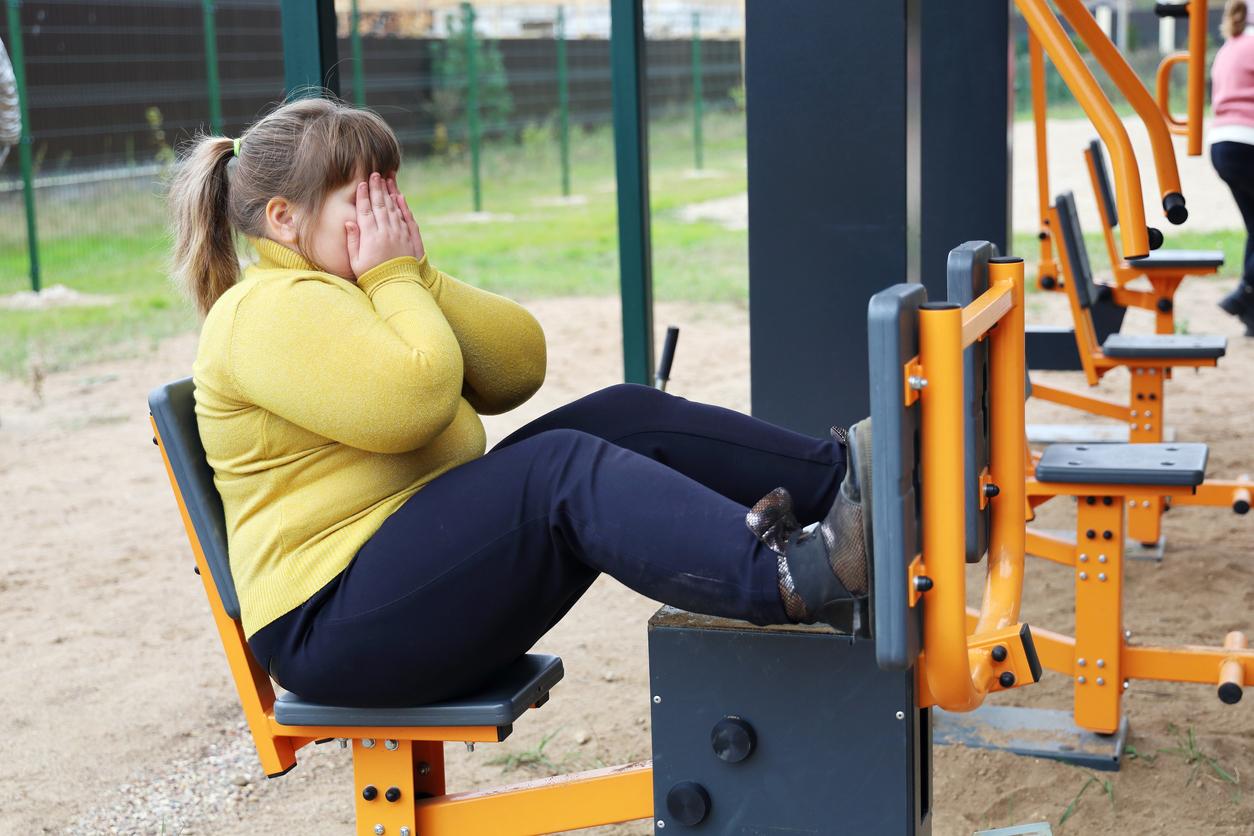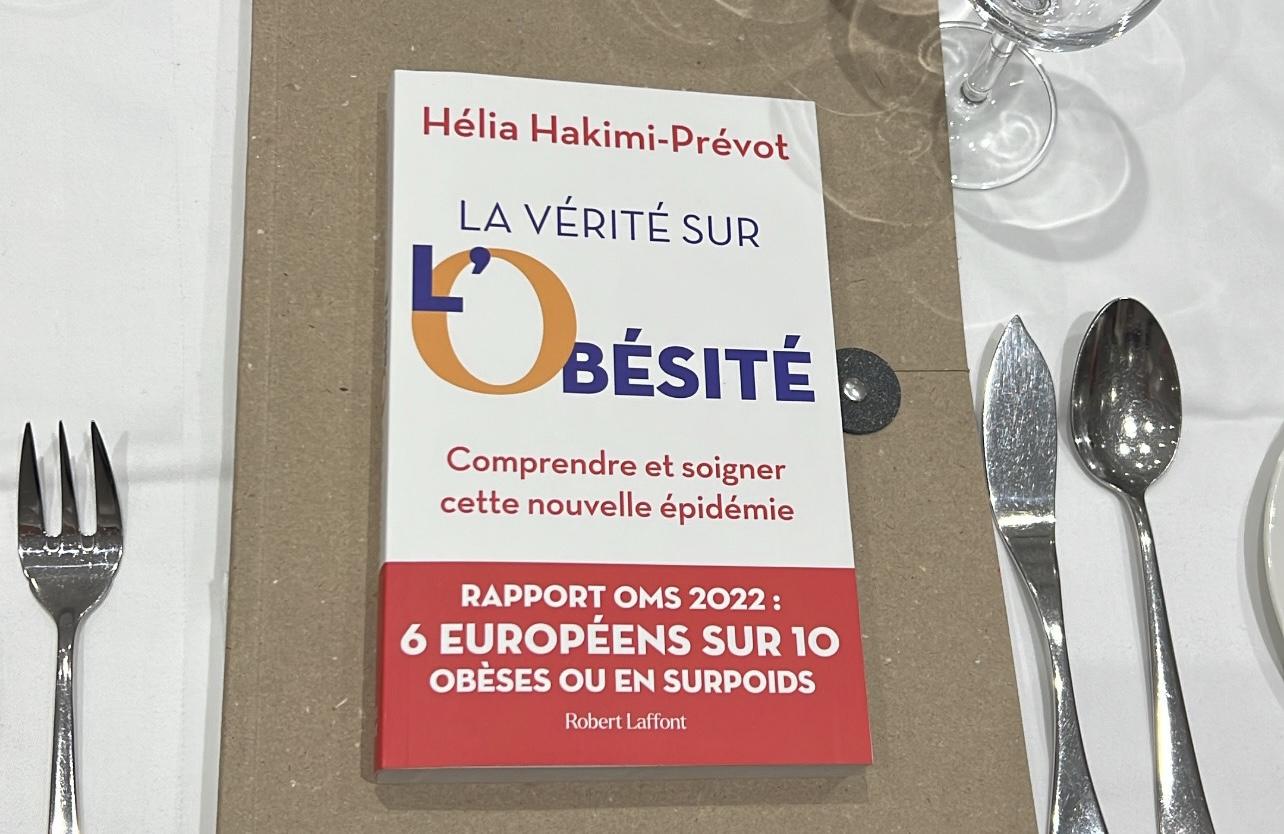Medical deserts present a real risk to the health of those who live there. Overweight and hypertension are more common in affected areas.

Certain regions of France accumulate inequalities. The areas most affected by overweight and high blood pressure are often those that lack the most doctors. The “double penalty”, according to Withings, which carried out a study in partnership with Doctolib. The situation is not about to improve: the deficit in general practitioners could well worsen in the next decade.
More and more empty deserts
For the goods in this study, Withings gathered anonymous data from 100,000 people with connected objects. Three elements were retained: BMI – witness to overweight -, blood pressure and sedentary lifestyle. Thanks to the doctors who use the services of Doctolib – virtual medical secretariat -, an approximate idea of medical deserts can be sketched out.
On this point, the results are far from positive. According to the latest report from the National Council of the Order of Physicians (CNOM), the availability of general practitioners has been declining steadily since 2007. By 2025, a quarter of working professionals will no longer be present, which should worsen accessibility in already desertified regions.
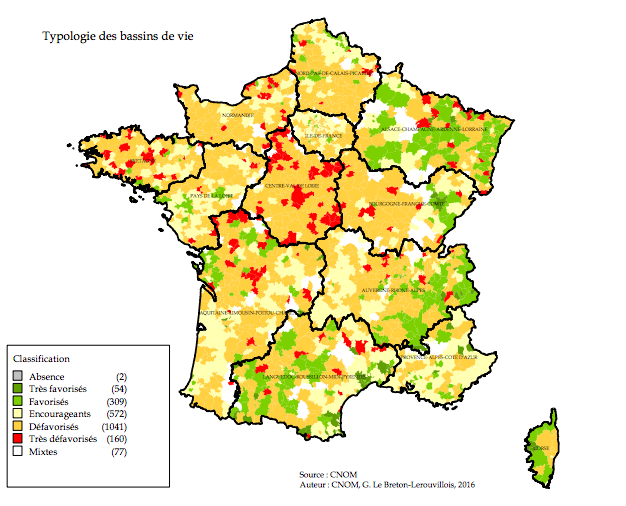
The sicker deserts
Medical deserts do not always correspond to rural areas, but these are often affected by the lack of doctors. These areas are also those where overweight and arterial hypertension are more represented. “Paradoxically, the areas that need the most care are also those where access to care is the most difficult, analyzes Nicolas Schmidt, Withings product manager contacted by Why actor. The average density in France is 334 practitioners per 100,000 inhabitants. There are 798 per 100,000 inhabitants in Paris, but they are only 180 per 100,000 inhabitants in the Eure. »In fact, overweight and hypertension require regular monitoring by a doctor. But big gaps are widening between the national average and the departments where the lack is the strongest.
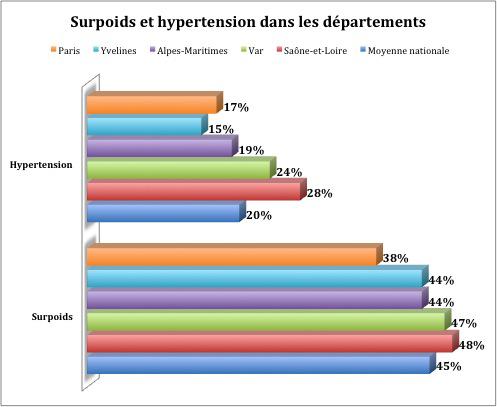
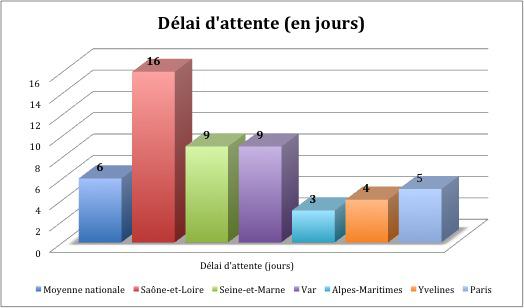
This association can probably be explained by the absence of structures that promote physical activity. In France, 73% of sports facilities are located in urban and peri-urban areas. A sedentary lifestyle that promotes weight gain but also the onset of chronic pathologies, such as diabetes and high blood pressure.
Obstacles must be removed, as the National Health Security Agency (ANSES) recently underlined. But she also invited the French to take every opportunity to increase their physical activity: take the stairs instead of the elevator, the scooter instead of the bus, or stay active at home. But some areas considered to be medical deserts, Paris in the first place, are less affected by overweight.

.














